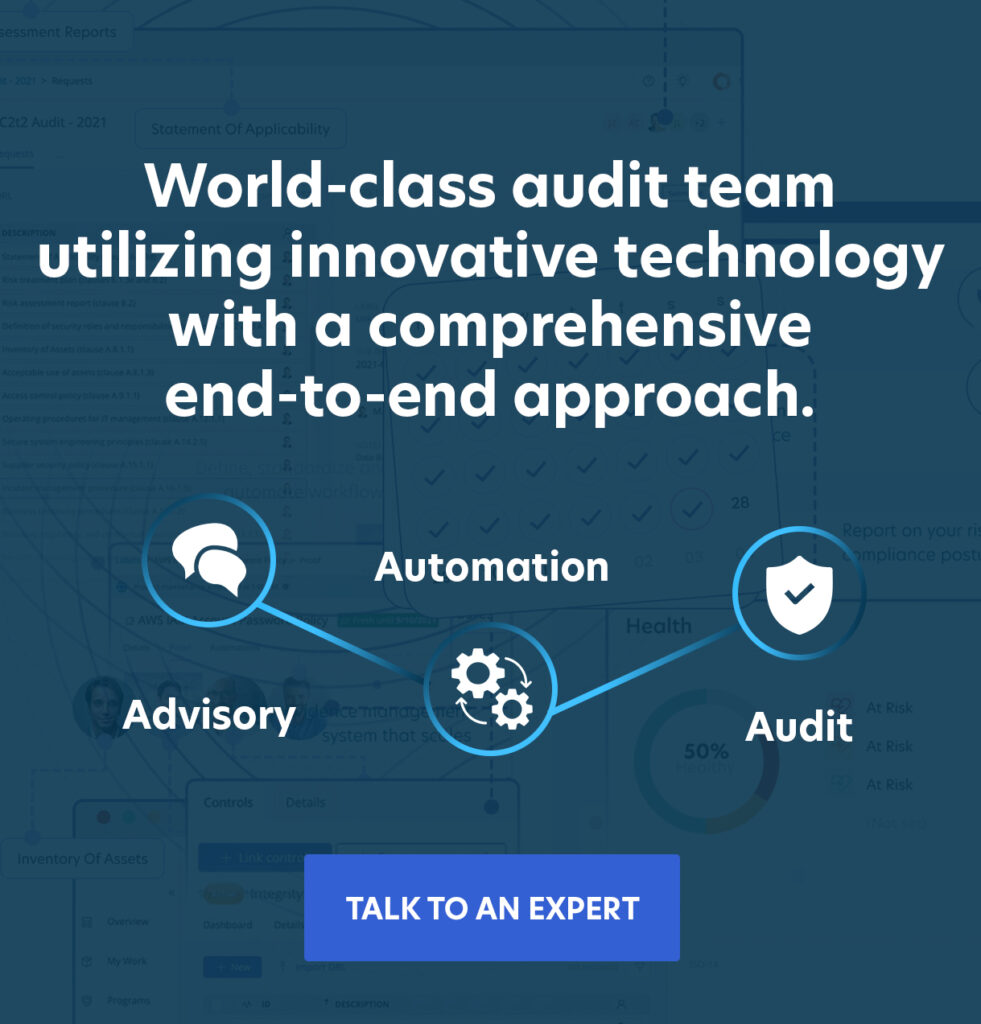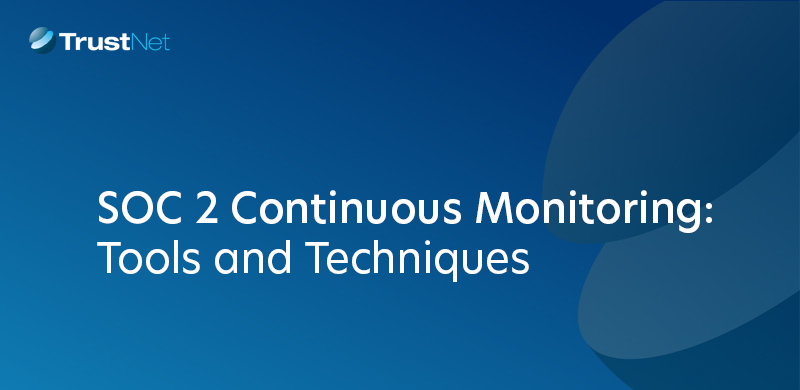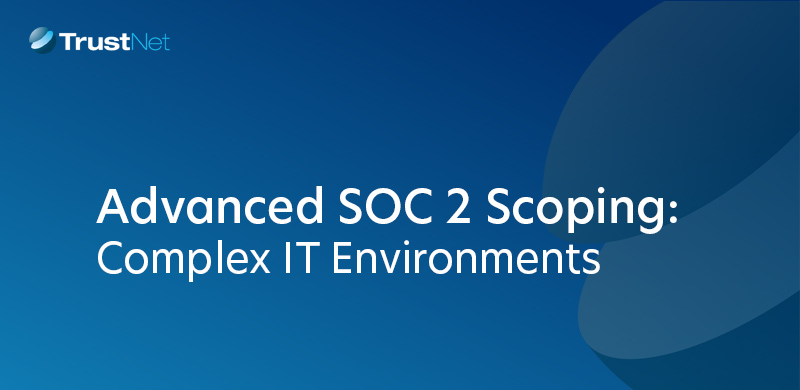ISO 27001: Introduction
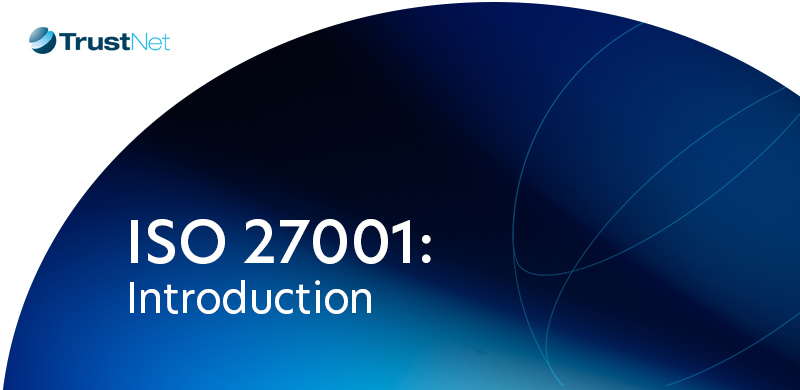
TL;DR
ISO 27001 is the global standard for managing information security through a formal Information Security Management System (ISMS). It helps organizations reduce risk, meet regulatory requirements, and build customer trust. This guide breaks down its core principles, business value, and how it compares to SOC 2 and NIST. Learn what it takes to get certified and how TrustNet can streamline your path to compliance.
If you’re building or scaling your organization’s security and compliance strategy, you’ve likely come across ISO 27001. But what exactly is it, and does it matter for your business?
ISO 27001 is a globally recognized framework for managing information security risks across people, processes, and technology. With cyberattacks and regulatory demands on the rise, understanding ISO 27001 can help you take proactive control of your data protection practices.
This guide explains ISO 27001 in clear, practical terms: what it is, how it works, and why organizations around the world adopt it.
What is ISO 27001?
ISO/IEC 27001 is the international standard for Information Security Management Systems (ISMS). Published by the International Organization for Standardization (ISO) and the International Electrotechnical Commission (IEC), it provides a framework for managing information security risks across people, processes, and technology.
The standard helps organizations design and operate a security program that aligns with business goals, regulatory requirements, and risk tolerance.
Core Principles
— Confidentiality, Integrity, Availability (CIA Triad)
ISO 27001 centers on protecting data against unauthorized access, alteration, and loss, ensuring information stays secure and usable.
— Risk-Based Approach
Organizations must identify, assess, and treat security risks through a structured, repeatable process. Controls are chosen based on organization context and threat landscape associated with it.
— ISMS Lifecycle
The standard uses the Plan-Do-Check-Act (PDCA) cycle to drive continuous improvement across security policies, operations, and controls.
A Brief History
-
- 1995: The framework began as BS 7799, a British standard developed by BSI.
- 2005: ISO released ISO/IEC 27001:2005, establishing a global benchmark for certifiable ISMS.
- 2013: A major update aligned the structure with other ISO management systems (e.g., ISO 9001).
- 2022: The latest revision added modernized controls, like cloud service governance (A.5.23), threat intelligence (A.5.7), and data masking (A.8.11), to address today’s evolving threat environment.
ISO 27001 remains the gold standard for building a defensible, scalable security program that earns stakeholder trust.
Ready to Get ISO 27001-Compliant?
TrustNet makes it simple. Run a gap analysis, automate controls, and prep for audit, all in one platform.
Why is ISO 27001 Important?
ISO 27001 certification builds real security maturity and business value.
Reduce Risk and Breach Costs
Cyber threats grow more frequent and complex every year. ISO 27001 helps organizations proactively defend against breaches by enforcing structured risk assessments, access controls, and employee training.
Strengthen Competitive Position
Buyers and partners demand proof of strong security. Certification signals trust, giving your business a clear edge in procurement, RFPs, and vendor assessments.
Unlock Global Market Access
ISO 27001 is recognized in over 150 countries. Certification helps organizations meet security requirements in regulated regions like the EU (GDPR) and APAC, without rebuilding controls for every market.
Simplify Regulatory Compliance
ISO 27001 maps cleanly to frameworks like SOC 2, HIPAA, and GDPR. Using one ISMS to align multiple frameworks saves time, reduces redundancy, and lowers audit fatigue.
Improve Internal Efficiency
Centralizing policies, controls, and risk workflows through an ISMS improves visibility and speeds up incident response. It also helps teams avoid duplicate effort across departments.
ISO 27001 vs. Other Standards
ISO 27001 vs. SOC 2:

ISO 27001 vs. NIST CSF and NIST 800-53:
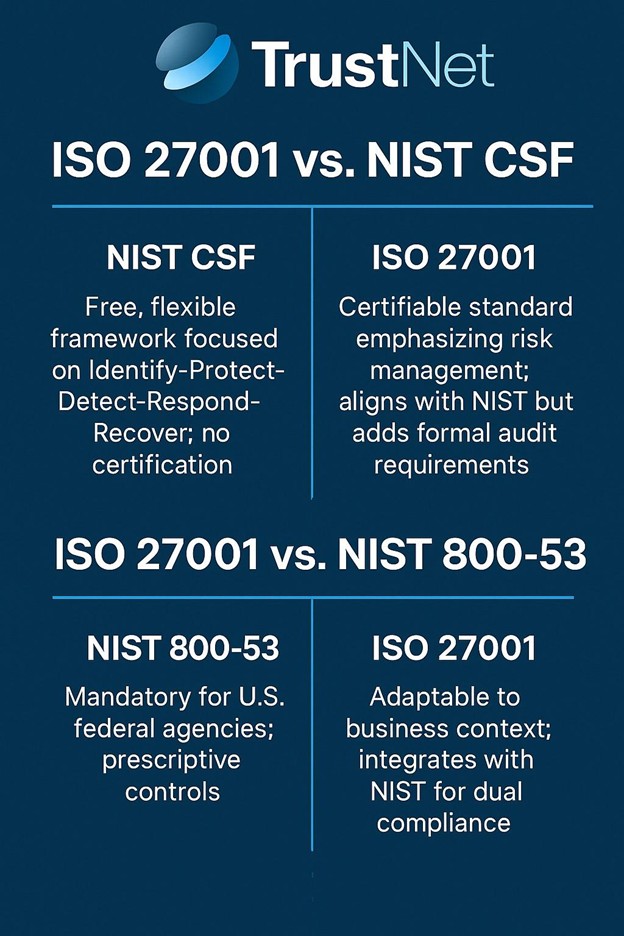
Key Takeaways
-
- ISO 27001 provides a risk-driven, globally recognized framework for building resilient information security practices.
- Certification delivers tangible business value: competitive edge, regulatory alignment, and avoiding costs due to breaches.
- Complementary to other standards: Use with SOC 2 for customer trust, or NIST 800-53 for U.S. government contracts.
Next Steps
Understanding ISO 27001 is the first move; now it’s time to act. Start by evaluating your current security posture, identifying gaps, and aligning your controls with ISO 27001’s core requirements.
TrustNet simplifies ISO 27001 readiness with automated gap assessments, built-in control templates, and audit-ready reporting, all in one platform.
Book a personalized demo to see how TrustNet can accelerate your journey toward secure, scalable, and certifiable compliance.
Subscribe to the TrustNet Newsletter
actionable cybersecurity strategies, and TrustNet’s cutting-edge solutions.

